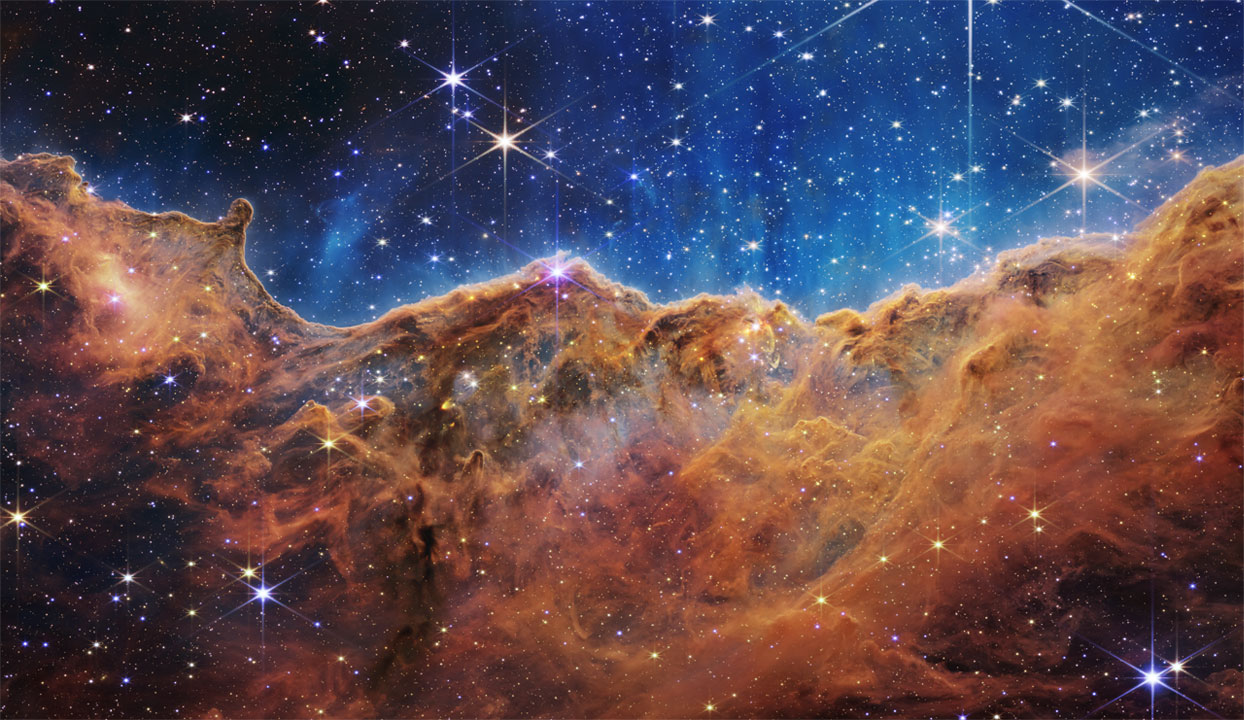
Sharon Bowers
Senior STEM Education Specialist - National Institute of Aerospace
Westminster High School
McDaniel College
Biology/Education (Undergrad); Special Education (Masters)
Virginia Tech
Integrative STEM Education (EdD)
Walks in the woods with my father. Every walk was a field trip. Dinnertime was filled with "Mr. Wizard" experiments. He fueled my curiosity. My father gave me wings and encouraged me to ask “why.”
- NASA eClips 4D: NASA eClips are standards-based videos, activities and lessons to increase STEM literacy through the lens of NASA.
I'm the Senior STEM Education Specialist at the National Institute of Aerospace (NIA). My team of educators and I create integrative Science, Technology, Engineerin, and Mathematics (STEM) resources for formal and nonformal settings. These include the NASA eClips video segments (NASA SME connecting their work with standards-based STEM) and Ask SME videos (profiles of NASA Subject Matter Experts, or SMEs). We also develop engineering design challenges and guides to help educators know how to best integrate the video segments into problem and project-based learning experiences.
Open your eyes. Look around. Ask why. Never stop wondering. Question everything.
I have been fortunate to collaborate with different members of the Webb Telescope team. This space telescope is certainly delivering all that it promised. The first images shared from Webb gave a glimpse of science beyond our imagination.

In some ways, my life is a Hallmark movie. I reconnected with my partner during our 40th high school reunion, and that reunion sparked trans-Atlantic dating between Yorktown and Paris. You’re never too old for new adventures.
